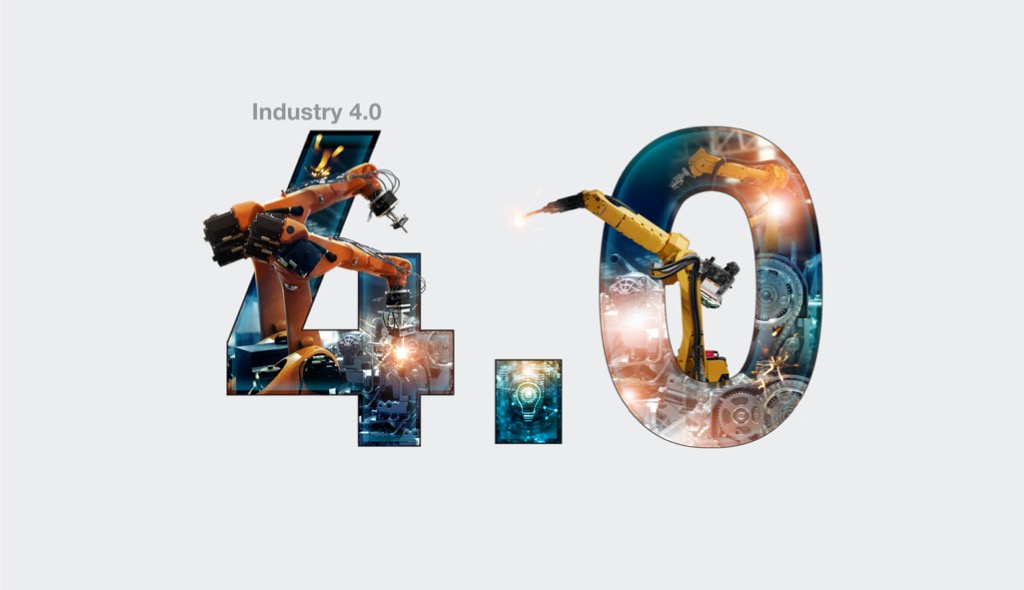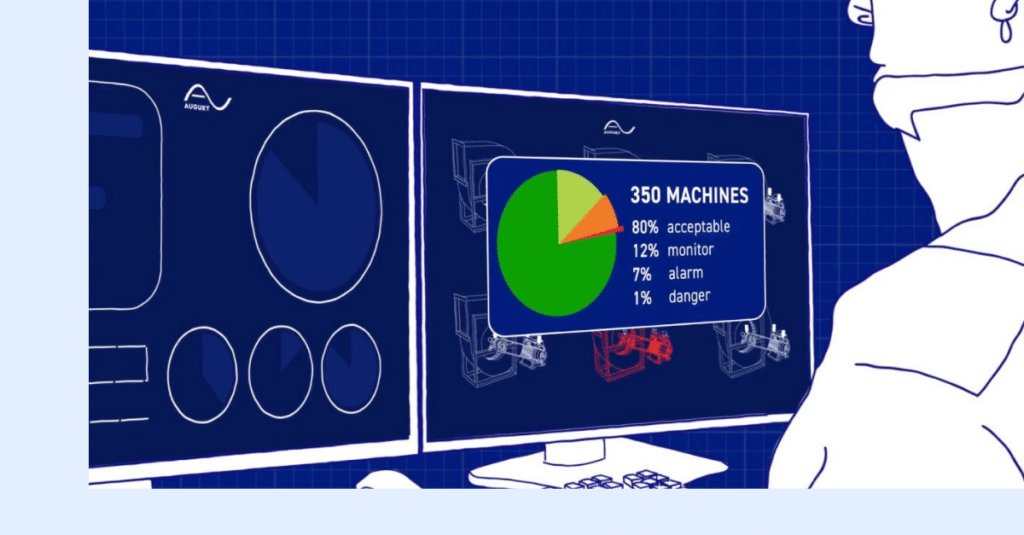
Augury’s VP of Strategy, Artem Kroupenev, wrote an article for Manufacturing Tomorrow about how thanks to digitalization, “once-massive tasks could be executed with improved quality and unprecedented speed.” And today, with AI, we are now beginning another – equally dramatic – transition.
The full version of this article was first published at Manufacturing Tomorrow on 14 October 2022.
“Between the third and fourth industrial revolutions, the application of knowledge experienced a near-seismic change. Almost overnight, it felt like companies jumped from an analog world to a digitized realm,” according to Artem. And now: “manufacturing companies are experiencing another transition, moving past the static digitized world to one marked by artificial intelligence.”
The Power of AI To Drive Solutions
AI can bring a lot to the table, says Artem. “With AI, manufacturing workers can identify and untangle problems more easily and creatively and, as a result, work more autonomously.”
But yes, as with any new technology, adoption is always challenging. And if it’s not adopted, it won’t be able to help manufacturers solve their most pressing challenges. However, applying Machine Health Solutions, could be an effective foundation to properly enable Industry 4.0.
“Machine health monitoring enables predictive maintenance by leveraging AI insights to alert manufacturers to not only when machines will break down, but also what can be done to minimize mechanical degradation. In fact, predictive maintenance software has the potential to define the outcomes needed for true Industry 4.0.”
Empowerment Through Predictive Maintenance
In the article, Artem goes on to sketch out the various advantages of having a predictive maintenance platform, including:
- Improved cost and production predictions means teams can go beyond routine maintenance to also perform preemptive repairs – thereby avoiding unnecessary downtime.
- Increased collaboration between operation and maintenance teams – thanks to the increased insights and expertise on the factory floor.
- Better insights for the leadership team to help them decide on how to move forward in instilling more innovative manufacturing initiatives – to further reduce downtime and enact process changes to improve yield, quality and efficiency.
Onward And Upward
“It only stands to reason that more insights would lead to greater capabilities,” according to Artem. “Employees have the information necessary to solve problems by looking at multiple solutions that can improve the bottom line and minimize the environmental impact of operations.”
And one success leads to another: “which could prove to be a driver of a fully realized Industry 4.0 and onward toward the next revolution.”




